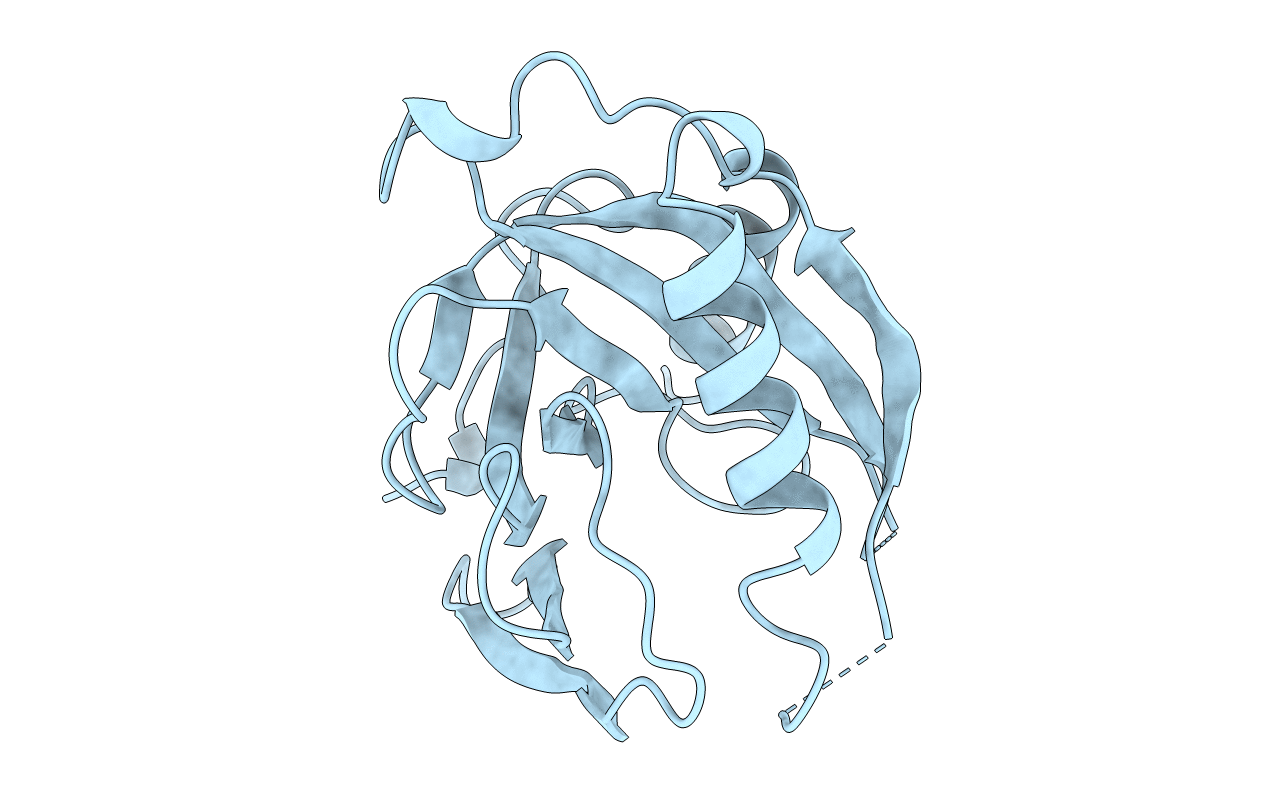
Deposition Date
1996-01-10
Release Date
1996-11-08
Last Version Date
2024-02-07
Method Details:
Experimental Method:
Resolution:
2.15 Å
R-Value Work:
0.18
R-Value Observed:
0.18
Space Group:
H 3 2


